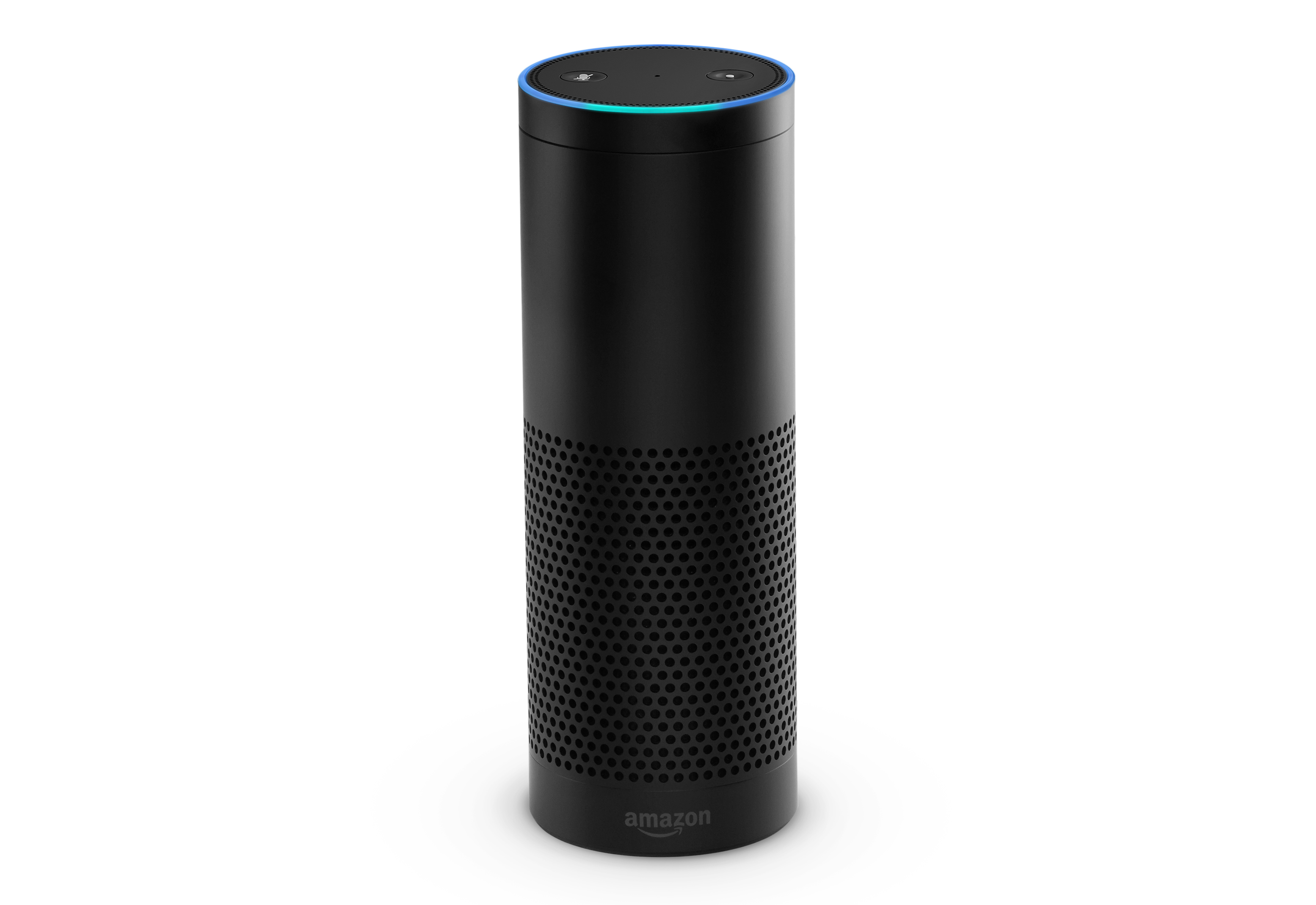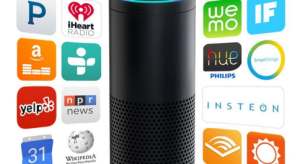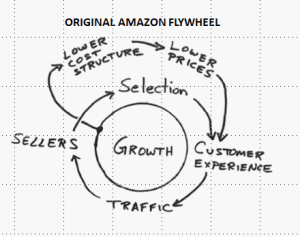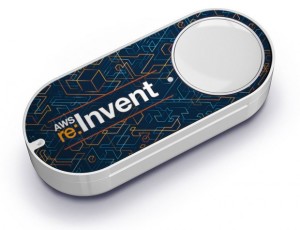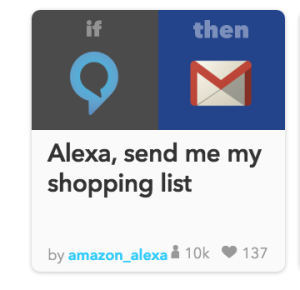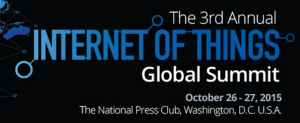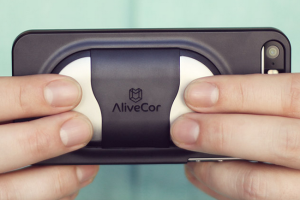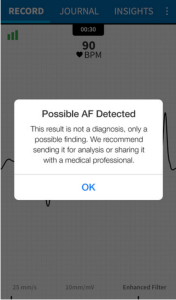Never let it be said that I get serious about my Christmas shopping until about this date!
This year, my major suggestion is about a product that it took me a full year to buy after my mother-in-law of a certain age sent last Christmas’s check: never let it be said that I rush into purchases of any kind (I should explain that I’m like the Beacon Hill Brahmin lady who explained to a New York counterpart asking where she bought her hat: “We don’t buy hats. We have hats.” Similarly, I try to avoid buying absolutely anything: I just have what I absolutely need. A strange and complex bird, I am …).
The item in question? An Amazon Echo, which, characteristically, I bought refurbished for $50 off!
That leads me to a last-minute suggestion for an unlikely use of said Echo: introducing your tech-averse parent to the benefits of smart home and Quantified Self technology (AKA my “SmartAging” paradigm to keep seniors healthy and in their own homes instead of an institution).
As I wrote a year ago, I think the neatest thing about the Echo in that regard (and, to a lesser extent, other voice-controlled IoT devices, although they’re handicapped because they just don’t have Alexa’s quick response time and already huge and constantly growing list of “skills) is that you don’t need to know any technology to use it: you just say “Alexa:….” and she does it!
While I knew the Echo had gone far beyond its original use to stream music, I had no idea until I bought it how robust and rapidly-growing it’s “skills” have become, and that it’s really a full-fledged smart home hub (why buy a dedicated hub that just sits there and doesn’t provide any of the Echo’s other benefits? Got me..). It’s hard to keep up, but a recent Turbo Future article, “Amazon Echo: 15 Best New Features,” gives a pretty good overview, and it seems to me that most of them involve various services that can make it a lot easier, and definitely more enjoyable, for aging parents to continue to live in and manage their homes (although some judicious Christmas morning set-up by adult children may be in order for those seniors who avoid technology like the plague), because all you have to do is talk and listen! They’ll appreciate Alexa even more if their hands are full, which is often the case in the kitchen.
Here are a few of my favorites:
- shopping lists: my wife doesn’t share my love of gadgetry, but we both love this simple service. Say “Alexa, add flour to my shopping list,” and it’s instantly on the Alexa app on your phone, to pull out at the supermarket. As someone who dutifully makes shopping lists and then always forgets them, that’s worth the service alone. I won’t buy my household staples from Amazon because, despite the savings, I don’t like the ecological impact that specialized service causes, but if that’s not an issue for you, you can order products directly from Amazon using Alexa.
- ordering services: you can hail an Uber or order a Domino’s Pizza. For a senior who doesn’t have a car, that can be great!
- music: obviously the prime market for Amazon’s and other streaming music services such as Pandora is millennials, but, guess what, you can even get Guy Lombardo (the soundtrack of my earliest years because of my parents’ 78’s) simply by asking Alexa. The ultimate time machine!
- books: if you parent has vision problems, audible books may be a boon, and since Amazon now owns Audible, this is also possible.
- news: I’ve been trying to wean myself from the news since Something Bad Happened Last Month, but I’m still drawn like a moth to the flame, so I can get NPR instantly. A growing variety of other sources are also available.
- smart home: I just installed two Sensi thermostats as I get deeper into smart home technology on the home front. Even though they have a great app that lets me adjust the temp when I’m away from home, it’s neat to just say “Alexa, turn down the heat two degrees” and have her do the work, not me! Next up? Adding my WeMo lights.
- cooking: even though you can now get Echo’s little brothers (Dot and Tap) for use elsewhere in the home — or even outdoors — most Echos are found in the kitchen, and nothing is worse than flour-covered hands on a cookbook. Now you can even ask Alexa for a great recipe for a certain dish, use it to make your shopping list, and follow the steps for making the dish, all just by asking her. Neato.
- calendar: they may not be working anymore, but seniors have got a lot of appointments — the doctor, or my wife’s 95-year old aunt’s tango lessons (I kid you not!), so if you link your Google Calendar, Alexa will make sure you’re not late.
Equally important (and I suspect this will become more of a feature in the near future) the Echo can even help you stay on top of the other part of my SmartAging vision: improving your health, because you can access your Fitbit data. There’s already a skill to help parents with kiddies’ ailments, from our Children’s Hospital, so why not one for geriatrics as well??
That’s just for now, and independent developers are adding new “skills” for Alexa at a dizzying pace. So, if you still don’t have a present for Grannie? Get her an Echo, and since it’s from Amazon, she’ll still get it by the 25th!
